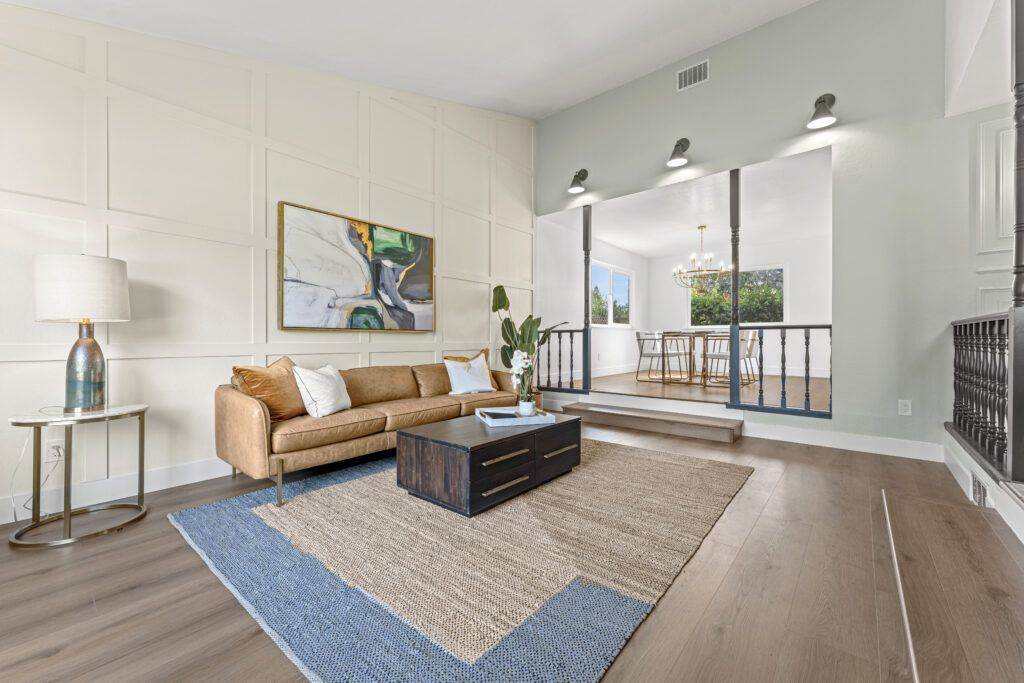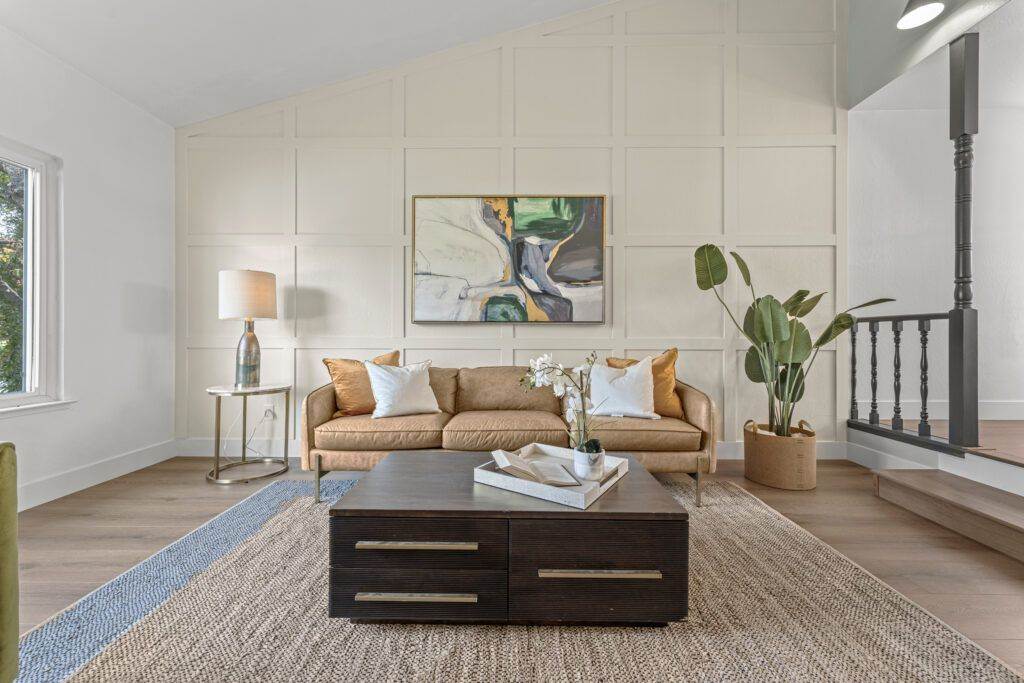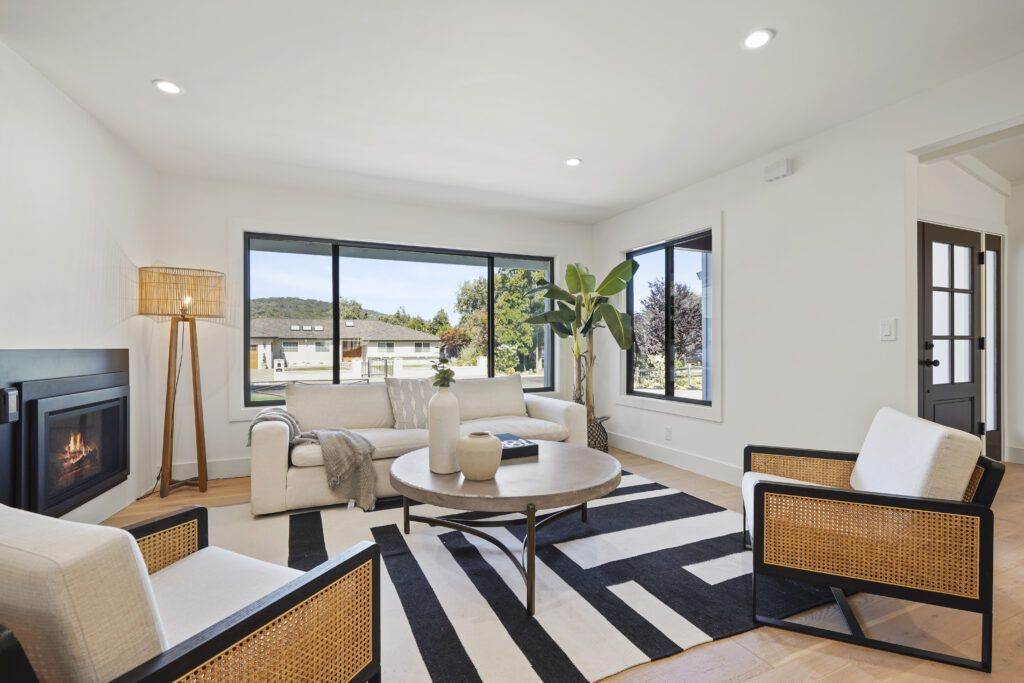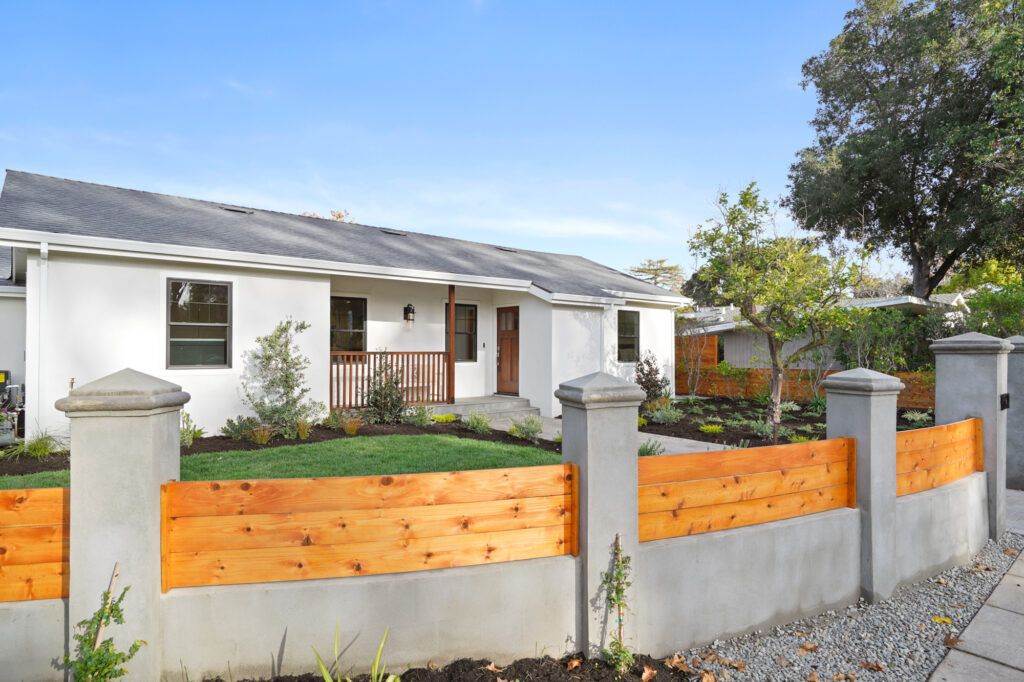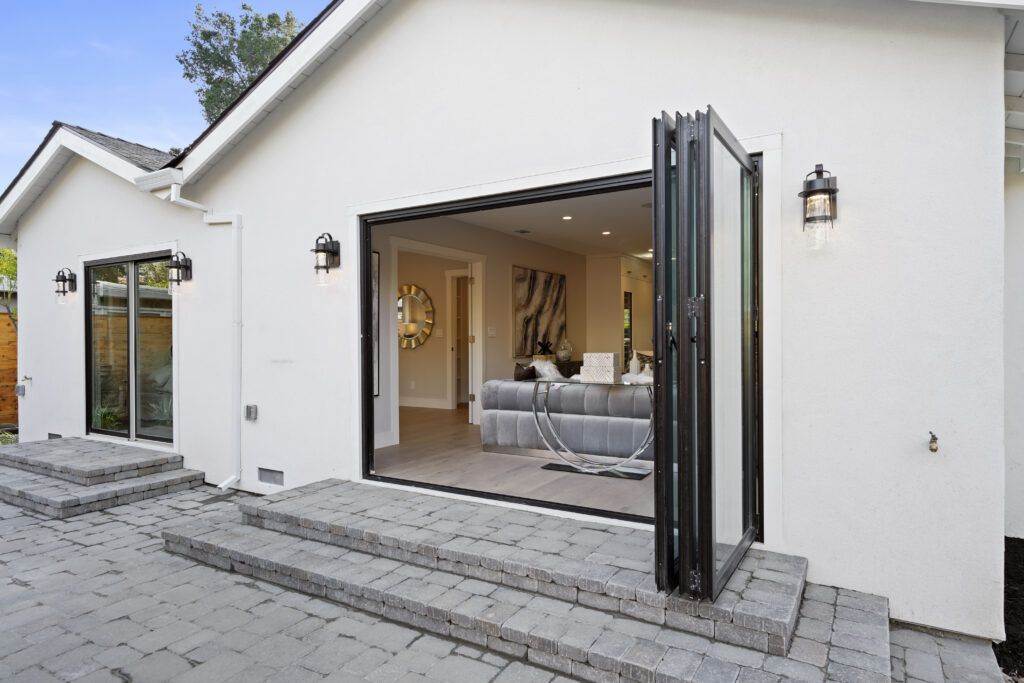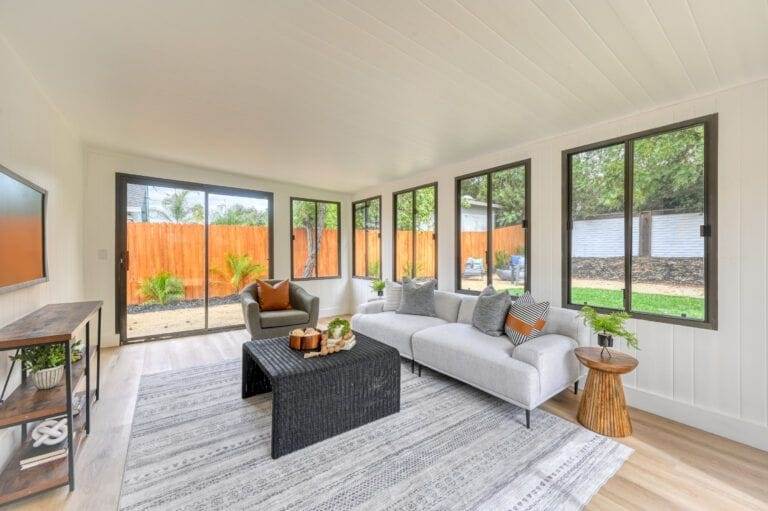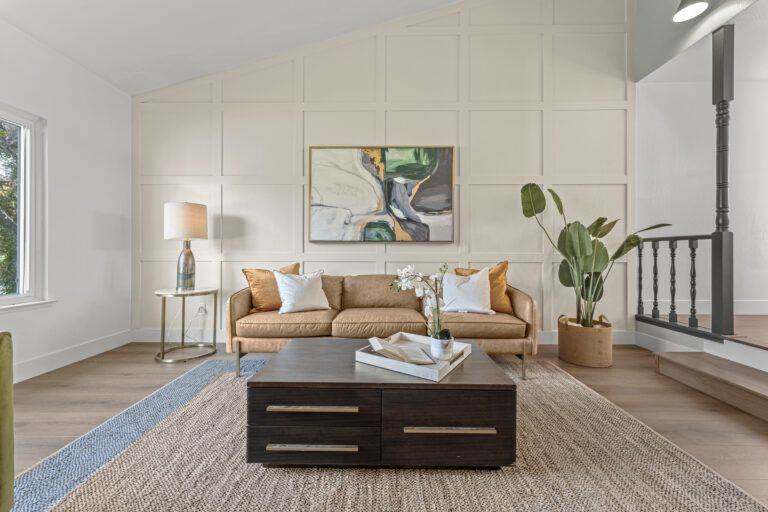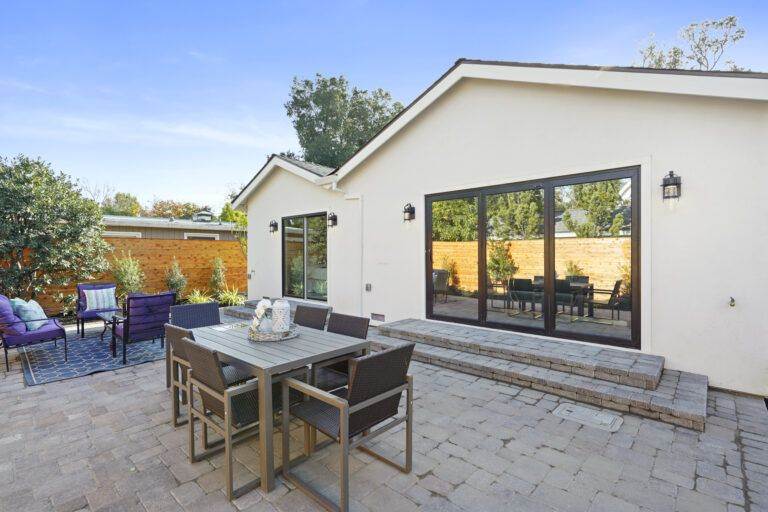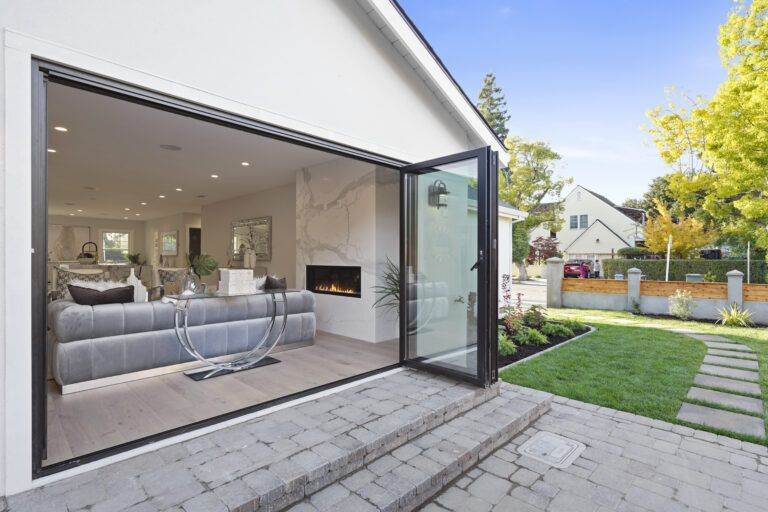Top Strategies for Increasing Rental Income with Your Accessory Dwelling Unit
The Accessory Dwelling Unit (ADU) market has been steadily growing in recent years, as more homeowners are looking for ways to maximize their property’s potential and generate additional income. ADUs, also known as granny flats, in-law suites, or backyard cottages, are secondary units located on the same property as the main residence. They can be attached to the main house, converted from existing space such as a garage or basement, or built as a separate structure. The demand for ADUs has been driven by a variety of factors, including the rising cost of housing, the desire for multigenerational living arrangements, and the need for affordable rental options.
In order to capitalize on the growing ADU market, it’s important for homeowners to understand the specific needs and preferences of potential renters. This includes considering the demographics of the local rental market, such as the demand for one-bedroom versus two-bedroom units, the amenities that are most sought after, and the rental rates that are competitive in the area. Additionally, homeowners should be aware of any zoning regulations or building codes that may impact their ability to build or rent out an ADU. By understanding the ADU market and its unique challenges, homeowners can make informed decisions about how to design, furnish, market, and manage their ADU for maximum rental potential.
Designing and Furnishing for Maximum Rental Potential
When it comes to designing and furnishing an ADU for maximum rental potential, there are several key considerations to keep in mind. First and foremost, it’s important to create a space that is functional, comfortable, and aesthetically pleasing. This may involve working with an architect or designer to optimize the layout and flow of the unit, as well as selecting durable and low-maintenance materials and finishes. In terms of furnishings, it’s important to strike a balance between providing essential amenities and keeping costs in check. This may involve investing in high-quality, multifunctional furniture that can serve multiple purposes, such as a sofa bed or a dining table that can double as a workspace.
In addition to the physical design and furnishings of the ADU, homeowners should also consider the overall aesthetic and ambiance of the space. This may involve incorporating elements of modern design, such as clean lines and neutral colors, to create a timeless and versatile backdrop for renters to personalize with their own decor. It’s also important to consider the practical needs of renters, such as ample storage space, efficient heating and cooling systems, and soundproofing between units. By designing and furnishing an ADU with these considerations in mind, homeowners can create a space that is attractive to potential renters and well-suited for long-term occupancy.
Marketing and Advertising Your ADU
Once an ADU has been designed and furnished for maximum rental potential, the next step is to effectively market and advertise the unit to potential renters. This may involve creating professional-quality photographs and a detailed listing that highlights the unique features and amenities of the ADU. It’s also important to consider where and how to advertise the unit, whether that’s through online rental platforms, social media, local classifieds, or word-of-mouth referrals. In addition to traditional advertising methods, homeowners may also consider hosting open houses or virtual tours to showcase the ADU to interested renters.
In order to attract high-quality tenants, it’s important to be transparent about the rental terms and expectations from the outset. This may involve clearly outlining the rental price, lease terms, and any additional fees or responsibilities that tenants will be expected to adhere to. It’s also important to be responsive and communicative with potential renters, answering any questions they may have and providing them with all the information they need to make an informed decision. By effectively marketing and advertising an ADU, homeowners can attract a pool of qualified applicants and ultimately find the right tenant for their property.
Setting the Right Rental Price
Setting the right rental price for an ADU is crucial for attracting quality tenants and maximizing rental income. In order to determine an appropriate rental price, homeowners should conduct thorough research on comparable rental properties in their area. This may involve looking at rental listings for similar ADUs in terms of size, location, amenities, and overall condition. It’s also important to consider any additional costs associated with renting out an ADU, such as utilities, maintenance, or property management fees. By taking these factors into account, homeowners can set a competitive rental price that reflects the value of their ADU while remaining attractive to potential renters.
In addition to conducting market research, homeowners should also consider their own financial goals and constraints when setting a rental price. This may involve calculating the total cost of ownership for the ADU, including mortgage payments, property taxes, insurance, and maintenance expenses. It’s also important to factor in a reasonable return on investment that reflects the time and resources invested in designing, furnishing, marketing, and managing the ADU. By carefully considering these financial factors, homeowners can set a rental price that is fair and sustainable for both themselves and their tenants.
Building a Good Relationship with Tenants
Building a good relationship with tenants is essential for maintaining a positive rental experience and ensuring long-term occupancy of an ADU. This may involve establishing clear lines of communication from the outset, such as providing tenants with multiple ways to contact the homeowner or property manager in case of emergencies or maintenance issues. It’s also important to be responsive and respectful when addressing any concerns or requests that tenants may have, whether that’s related to repairs, lease renewals, or general inquiries about the property.
In addition to effective communication, homeowners should also strive to create a welcoming and supportive environment for their tenants. This may involve providing a comprehensive welcome packet that outlines important information about the ADU and its surrounding neighborhood, as well as any house rules or expectations for tenants. It’s also important to respect tenants’ privacy and personal space while maintaining a professional and approachable demeanor as a landlord. By building a good relationship with tenants based on trust, respect, and open communication, homeowners can foster a positive living experience for all parties involved.
Managing and Maintaining Your ADU
Managing and maintaining an ADU involves ongoing attention to detail and proactive planning in order to keep the property in good condition and address any issues that may arise. This may involve conducting regular inspections of the unit to identify any maintenance needs or safety concerns, as well as addressing any necessary repairs or upgrades in a timely manner. It’s also important to stay informed about any changes in local regulations or building codes that may impact the operation of an ADU, such as new requirements for safety features or energy efficiency standards.
In addition to physical maintenance, homeowners should also consider the administrative aspects of managing an ADU, such as collecting rent payments, enforcing lease terms, and keeping accurate records of all financial transactions related to the property. This may involve setting up a system for online rent payments or hiring a property management company to handle these responsibilities on behalf of the homeowner. By effectively managing and maintaining an ADU, homeowners can ensure that their property remains attractive to potential renters while providing a safe and comfortable living environment for current tenants.
Navigating Legal and Regulatory Considerations
Navigating legal and regulatory considerations is an important aspect of owning and renting out an ADU. This may involve familiarizing oneself with local zoning laws and building codes that govern the construction and operation of ADUs in a specific area. It’s also important to understand any landlord-tenant laws that may impact lease agreements, eviction procedures, or tenant rights in relation to an ADU. In some cases, homeowners may need to obtain special permits or approvals from local authorities in order to build or rent out an ADU on their property.
In addition to local regulations, homeowners should also consider any federal or state laws that may impact their ability to operate an ADU as a rental property. This may involve complying with fair housing laws that prohibit discrimination against tenants based on factors such as race, gender, religion, or disability. It’s also important to stay informed about any tax implications related to owning and renting out an ADU, such as reporting rental income on annual tax returns or claiming deductions for eligible expenses related to the property. By navigating legal and regulatory considerations with diligence and attention to detail, homeowners can ensure that their ADU operates in compliance with all applicable laws while providing a safe and fair living environment for their tenants.
In conclusion, understanding the ADU market involves recognizing its growth potential and unique challenges in terms of design, furnishing, marketing, pricing, tenant relations, management, maintenance, legal considerations. By taking these factors into account when owning and renting out an ADU property can lead to success in this growing market segment. With careful planning and attention to detail at every stage of the process—from initial design through ongoing management—homeowners can create a valuable asset that provides both financial returns and positive living experiences for their tenants.


